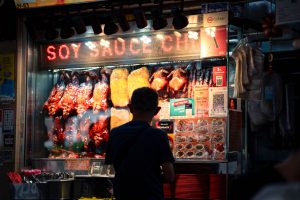The truth of life is simply, food.
But in Singapore, it’s a highly contested truth. Every other day, we get into some street brawl with our neighbours over who owns what or we gleefully thumb our collective noses at strange, foreign interpretations of our local food.
Hawker culture clearly matters to us all, and in the current discourse, two camps have surfaced—hawkers who serve traditional recipes like bak chor mee, and innovators with hipster inventions.
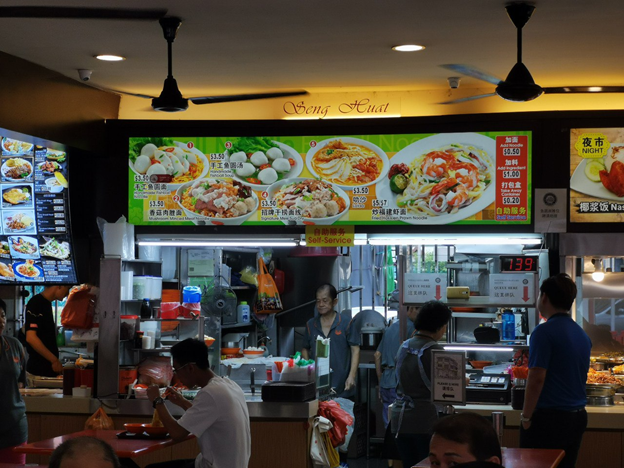

This is all well and good, but such trajectories don’t come easily for everyone, and not every hawker aspires to them either. Some might prefer to keep the business in the family and maintain a close-knit community of customers. Others got into the trade for a simpler life. Financial accumulation isn’t always the priority. So, is the choice between tradition and innovation the only way forward?
Some traditional hawkers find compromise through employing digital initiatives. Mr Lorbak’s founder, William Liou, 33, stays true to his grandmother’s heirloom braised pork recipe, but embraces change by adopting new technologies to expedite business processes and turnover.
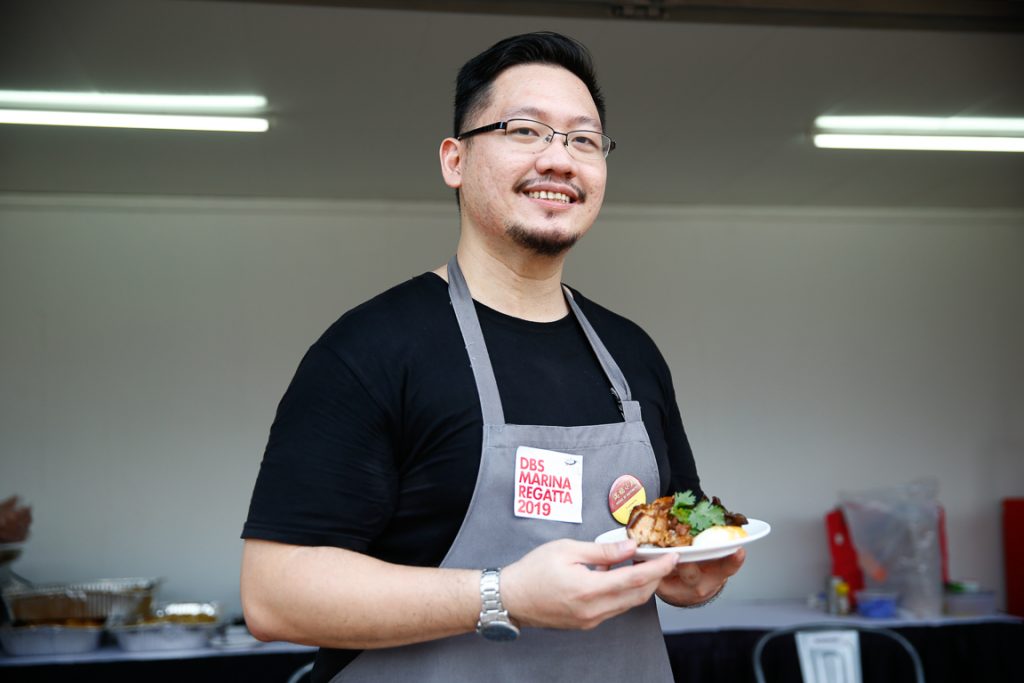
Darren Teo, 29, founder of Seafood Pirates, echoes the same sentiments when it comes to integrating technology with the hawker business, saying the help of modern smartphone apps and cashless payment-platforms like DBS Paylah! has increased productivity.
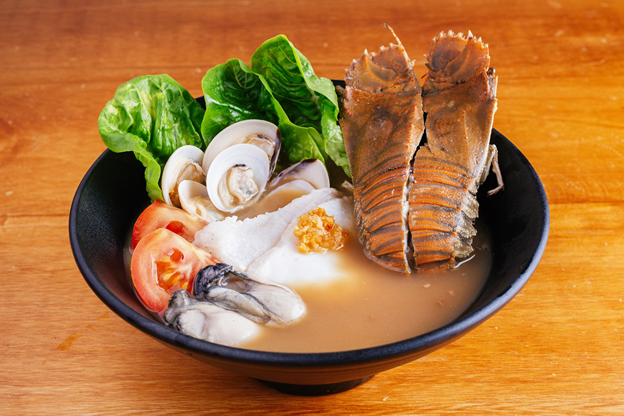
Yet, both hawkers express concerns over the future of hawker food. Liou sees rising overhead costs that eat into profit margins as a huge problem, as hawkers are pressured to continue maintaining the myth of ‘hawker food is cheap food’. Teo, on the other hand, finds that stiff competition from new entrants in an oversaturated market is something that hawkers will continue to contend with.
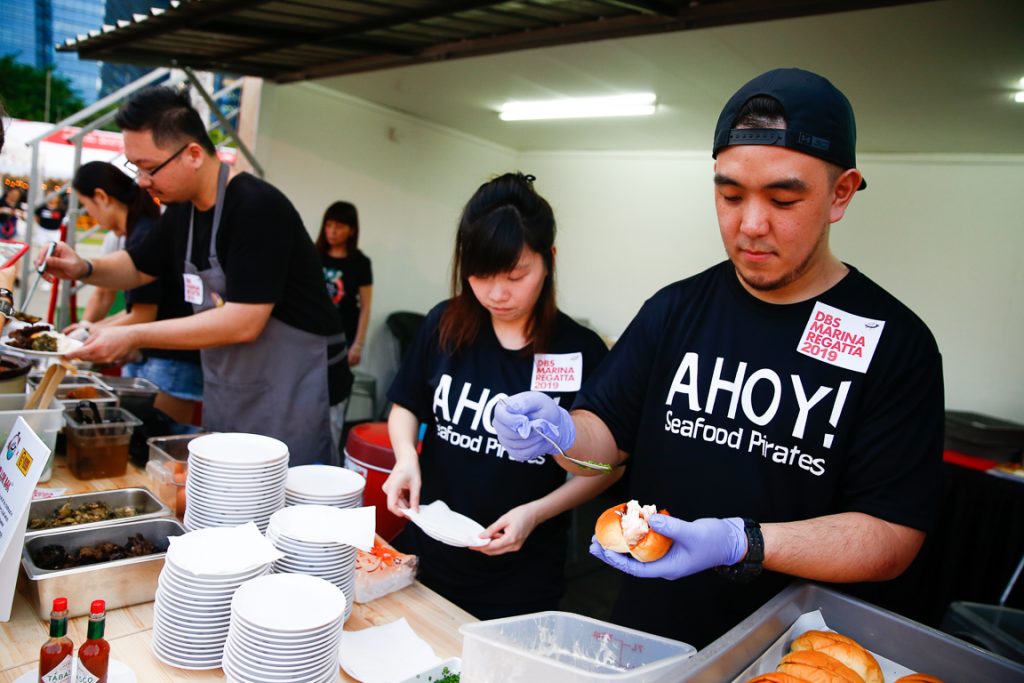
Enter hipster dishes and experiments. Old-school critics might feel that bona fide hawker food has to depend on traditionally ‘Singaporean’ dishes and ingredients familiar to locals. By that definition, Seafood Pirates, which offers seafood soup inspired by Japanese culinary techniques, could be categorised as ‘hipster’, and therefore not ‘authentic’.
This is patently pedantic, and as Teo puts it, “Haters, are just being haters.”
Food that’s edgy or new-fangled is still a unique expression of food culture, just like traditional hawker recipes are. Let’s not forget that long before they became established, our beloved national dishes were also once newly minted, searching for a place to take root.
In the same spirit, I venture that it’s about time we start being open to considering even foreign food or other entrepreneurial food ventures as part of our hawker culture.
30-year-old Sharon Tay, co-founder of food and events provider, The Swag Social, doesn’t see her business in the same realm as that of the typical hawker. Her skepticism is not unexpected—The Swag Social positions themselves as an exclusive F&B pop-up for events like ARTBOX Singapore and the Singapore Night Festival. Featuring street food from other countries like Taiwan, Japan, and Korea, typical hawker fare is far from their menu offerings. The Swag Social even lacks a physical shop space.
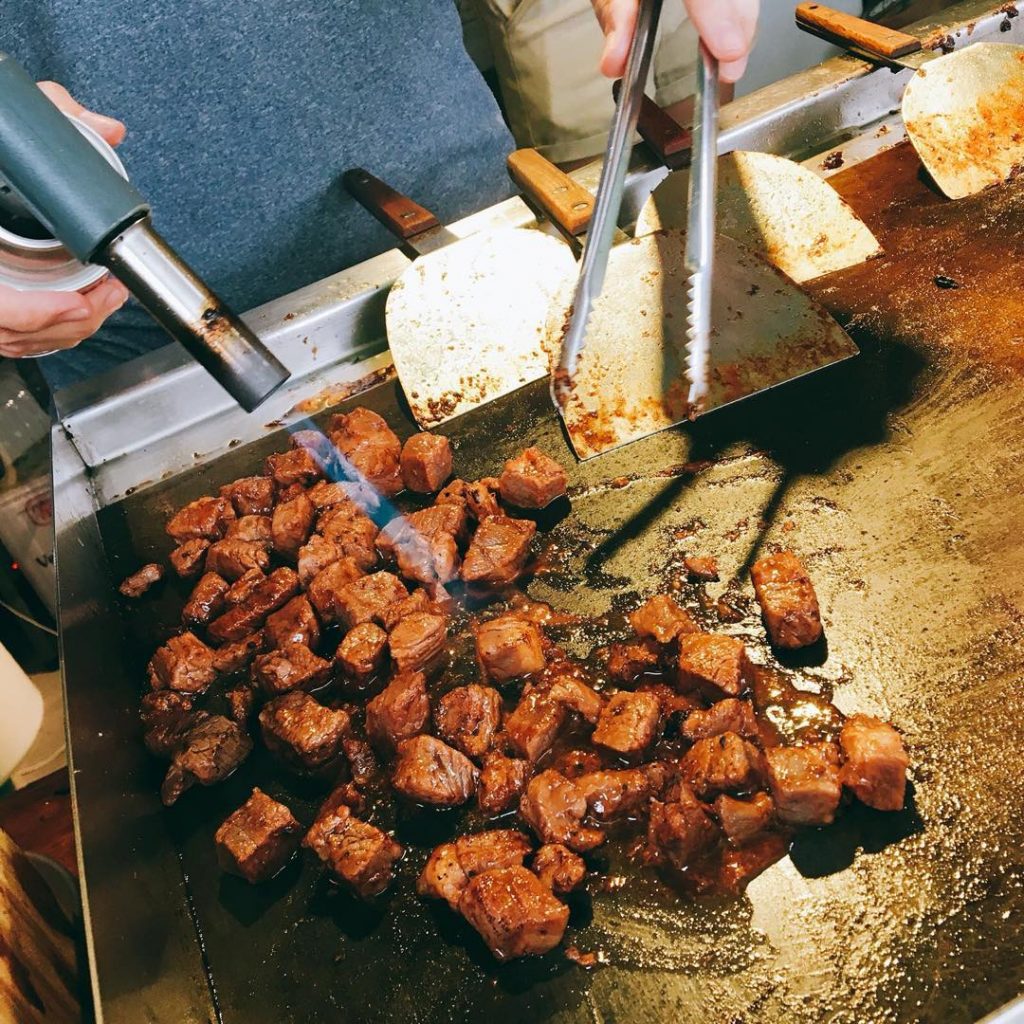
Given rising overheads like labour, rental, and ingredient prices, The Swag Social may instead represent a new business model for hawker culture to emulate. A physical shop space may not even be as important in the future, as food delivery systems grow in sophistication and eating habits change—we could all one day end up going to a high-tech hawker centre, where we get to pick exactly what we want to eat from anywhere on the island without fuss.
Or better still, anywhere can be a hawker centre.
All things considered, the dichotomy of traditional hawker recipes and what we deem hipster food doesn’t add any meaningful conversation about the survival of hawker culture. At its core, hawker culture is the embodiment of tenacious innovation; the can-do entrepreneurial spirit of creating food that’s eaten with the heart. It’s something that we all agree should be around for generations to come.
Instead of petty culture wars, what hawkers may ultimately benefit from the most, are platforms and initiatives that nurture these qualities and showcase their foods, like the Grubhouse at the DBS Marina Regatta which features a variety of vendors.
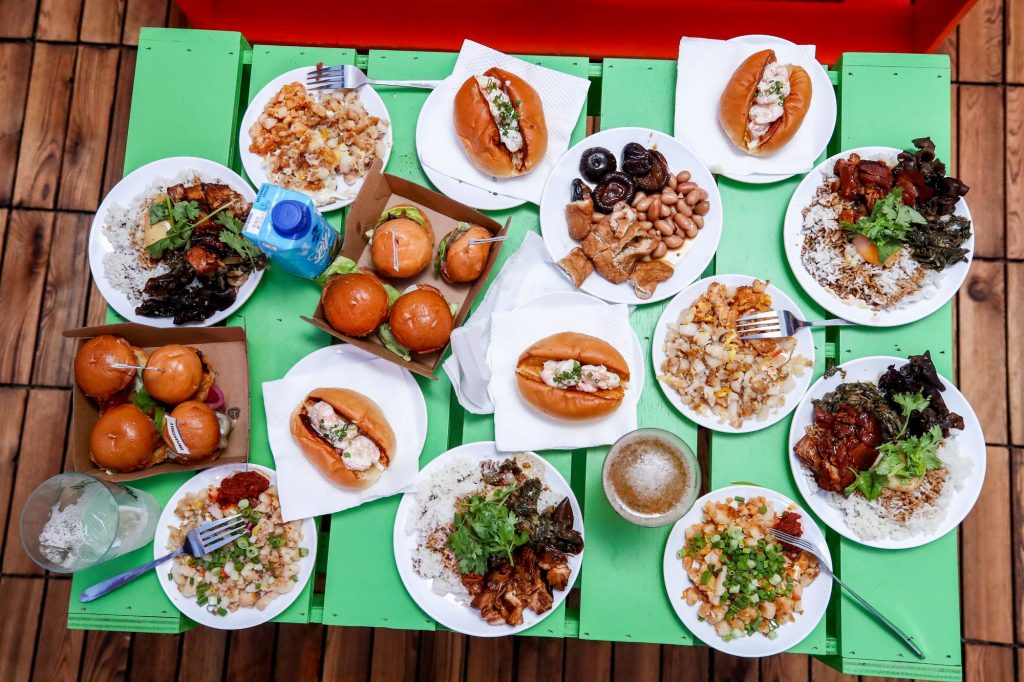
At the end of the day, Singapore’s a ruthless democracy when it comes to food.
What vote are you casting?
Mr Lorbak, Seafood Pirates, and The Swag Social, are just some of the featured vendors that will be at The Grubhouse at the DBS Marina Regatta. The DBS Marina Regatta will be happening from 31 May – 2 June, at The Promontory @ Marina Bay. Find out more here: www.dbsmarinaregatta.com
Just how far should hawker culture be allowed to stretch? Invite us to makan at your favourite hawker stall at community@ricemedia.co.




